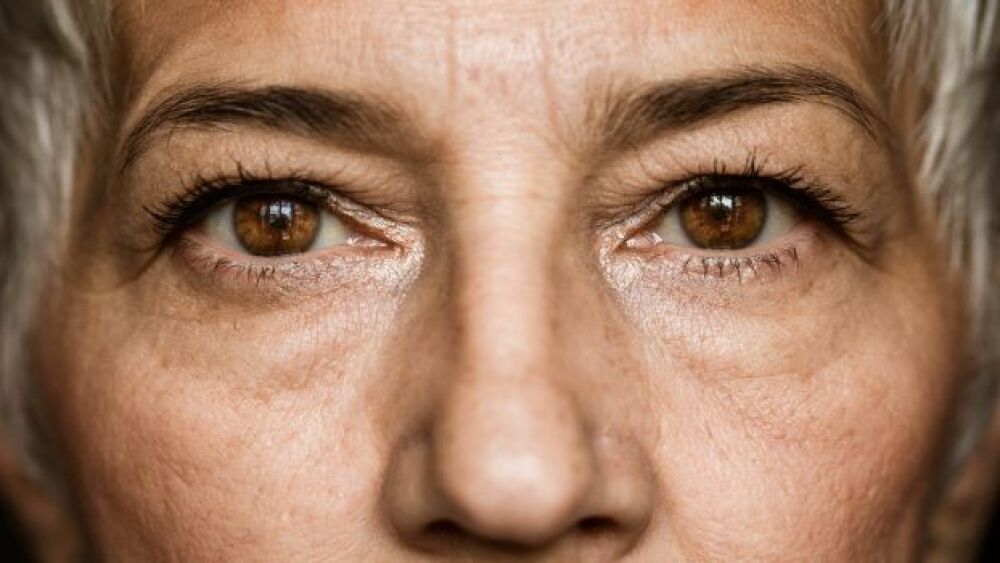The company’s candidate, ANX007, did not significantly slow lesion growth in a Phase II trial but was effective at preserving visual function in patients with a form of dry age-related macular degeneration.
Pictured: Close-up of a woman’s eyes/Courtesy Getty Images
Annexon’s complement-based candidate ANX007 fell short of its primary efficacy measure in the Phase II ARCHER trial, inducing no significant reduction in lesion growth among patients with geographic atrophy, a late-stage of dry age-related macular degeneration, according to top-line data released Wednesday.
At the 12-month follow-up, patients who were given ANX007 every month and every other month saw a 6.2% and 1.3% reduction in lesion growth, respectively. Both treatment effects were not statistically significant relative to the sham control, according to Annexon’s news release.
Still, the company remains enthusiastic about ANX007. In an investor call Wednesday, Annexon CEO Douglas Love emphasized that the therapy hit ARCHER’s key secondary endpoints, including best corrected visual acuity (BCVA) and low-luminance visual acuity deficit (LLVD), which he said demonstrates the candidate’s strong potential to preserve visual function.
Over 12 months of treatment, monthly dosing with ANX007 led to a statistically significant 72% reduction in the risk of vision loss of at least 15 letters, considered a moderate degree of change. Moreover, pooling both monthly and every-other-month dose groups showed a 59% reduction in such risk, which also met statistical significance, Annexon reported.
ANX007 was similarly superior to the sham in terms of LLVD both in the monthly dosing and pooled treatment groups.
“The top-line data from our ARCHER Phase II trial show that ANX007 is the first complement agent to demonstrate protection against vision loss following 12 months of treatment in pre-specified analyses,” Love said during Wednesday’s call.
“Based on the ARCHER findings, we plan to engage quickly with regulators to discuss next steps and determine the optimal path to advance ANX007 toward patients,” he said.
Designed to be administered intravitreally, ANX007 is an antigen-binding fragment that locally inhibits C1q, one of the earliest components of the classical complement cascade. In geographic atrophy, C1q activity culminates in the elimination of functional synapses, which in turn leads to the loss of photoreceptor cells and their function.
Ahead of Annexon in the geographic atrophy space is Apellis Pharmaceuticals, which won the FDA’s approval for Syfovre (pegcetacoplan) in February 2023. Like ANX007, Syfovre is a complement inhibitor; uniquely, however, Apellis’ treatment targets C3, a complement cascade component that lies downstream of C1q, allowing Syfovre to more precisely regulate immune responses and minimize damage to motor neurons.
Syfovre is the first geographic atrophy drug approved by the FDA.
Close behind Apellis is Iveric Bio, whose geographic atrophy hopeful avacincaptad pegol is under the FDA’s review and is due for a verdict in August 2023.
Tristan Manalac is an independent science writer based in metro Manila, Philippines. He can be reached at tristan@tristanmanalac.com or tristan.manalac@biospace.com.






